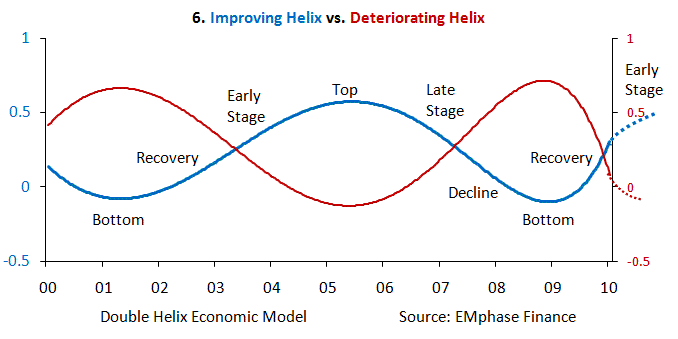What Is Tactical Asset Allocation
Post on: 12 Август, 2015 No Comment

When it comes to portfolio management, many experts recommend that you focus on asset allocation. Asset allocation is a strategy that involves building a portfolio around asset classes. You include certain percentages of stocks, bonds, cash, real estate, and other investments, depending on the goals for your portfolio. You dont have to maintain static ratios of asset classes in your portfolio, though.
If you are looking for a way to take advantage of changing asset values, and if you want to keep up with whats happening in the markets, Tactical Asset Allocation is a strategy that can help.
The Basics of Tactical Asset Allocation
Basically, Tactical Asset Allocation (TAA) is a strategy that involves active portfolio management. This isnt about buying specific asset classes in specific quantities and then holding. Instead, you rebalance the percentages of assets held in different categories so that you can take advantage of current market conditions.
For the most part, though, TAA isnt considered completely active. When you create your investment portfolio you decide on your base asset allocation. You set up your desired percentages of each asset class. However, if the market experiences an anomaly, or if conditions change for the short term, the asset allocation is changed. Tactical advantage is used in order to maximize profits, as well as limit losses. Once the desired short-term effect is achieved and the markets settle down a bit, the original asset allocation can be returned to.
TAA is about dynamic portfolio management, and requires that you pay attention to what is happening so that you can change your asset allocation to take advantage of current conditions. For example, if stocks are dropping, and offering a good bargain, it might be worth it to shift to more stocks in order to buy when valuations are low. That way, you get more bang for your buck. Later, as valuations increase, you can shift your asset allocation, selling for profits since you bought while prices were low.
The idea is to switch your asset allocation when conditions indicate that one asset might soon outperform another. Rather than focusing on picking particular investments, the idea is to focus on an entire asset class or sector at one time. TAA works well when you understand how asset classes relate to each other, and how they generally move in response to market stresses. When you have this understanding, you are more effective in shifting your asset allocation to take advantage of the current circumstances.
Bottom Line
If you understand how different asset classes relate to each other, and if you can spot trends in the market, it is possible to use Tactical Asset Allocation to improve your portfolio performance. Realize, though, that TAA works best for those with the skills and knowledge to make it work. And, like all investment strategies, there is no guarantee of success. You can re-balance your portfolio so that it takes advantage of market conditions, and periodically adjust so that you stay on track. TAA is just one more tool that can help you manage your investment portfolio in a way that provides you with higher profits and limited losses.














